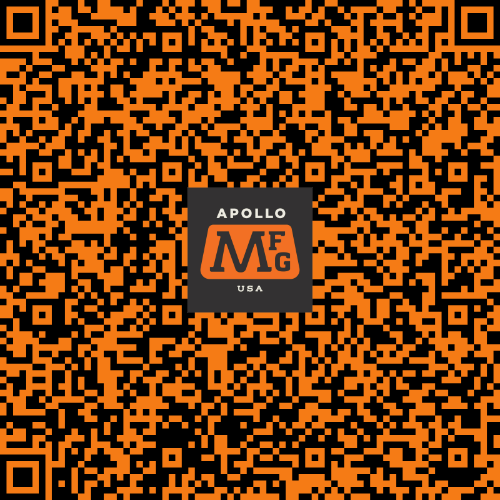The advent of 3D printing has revolutionized the prototyping process in ways one might never have thought possible. 3D printing has enabled designers, engineers, and product developers to create physical models of their designs quickly and cost-effectively, saving both time and money in the long run. Traditional prototyping methods, such as CNC machining or injection molding, can be time-consuming and expensive, especially for complex designs or small batch runs. With 3D printing, the process is much more streamlined and accessible, making it an ideal tool for rapid prototyping.
One of the key advantages of utilizing 3D printing in the prototyping process is this method’s ability to produce intricate and complex structures that may be challenging or even impossible to achieve using traditional manufacturing techniques. This level of design freedom allows for the exploration of creative and innovative concepts without nearly as many roadblocks, empowering designers to refine their ideas with greater precision and detail. Moreover, 3D printing allows for the easy iteration of designs. Minor tweaks or adjustments can be made digitally and printed at much a faster rate, significantly reducing the turnaround time compared to traditional prototyping methods.
In addition to its flexibility, 3D printing also reduces material waste during the prototyping process. Unlike subtractive manufacturing methods where excess material is cut away, 3D printing only uses the exact amount of material needed to build the object layer by layer. This efficiency not only saves on material costs but also contributes to a more sustainable approach to product development. Furthermore, 3D printing empowers businesses to keep their prototyping processes in-house, reducing lead times. One other added benefit? The prevention of confidential designs being leaked during outsourcing.
Simply put, it has become an indispensable tool for designers and engineers seeking to validate their concepts, test functionality, and ultimately bring innovative products to market faster and more efficiently. As the technology continues to advance, we can expect 3D printing to play an even more prominent role in shaping the future of prototyping and product development across various industries.





